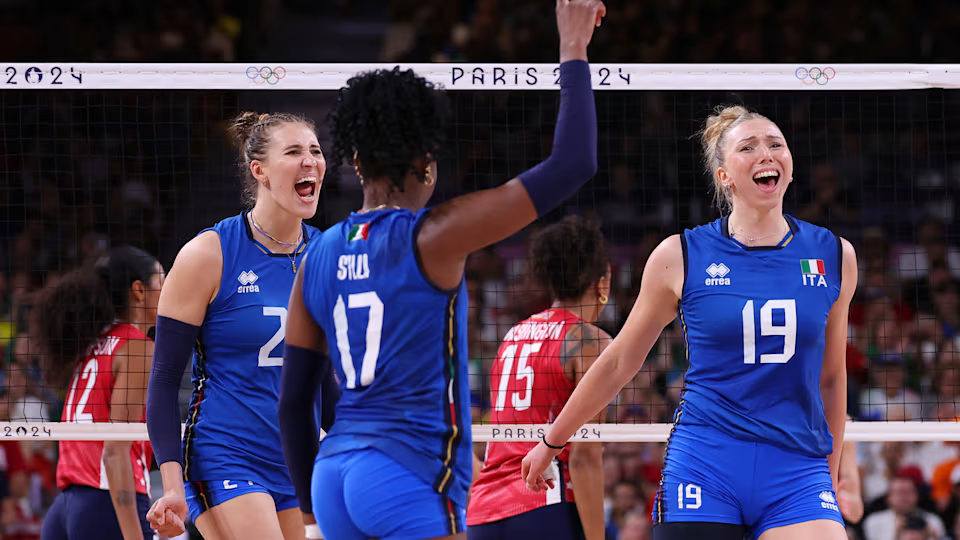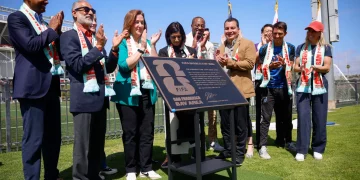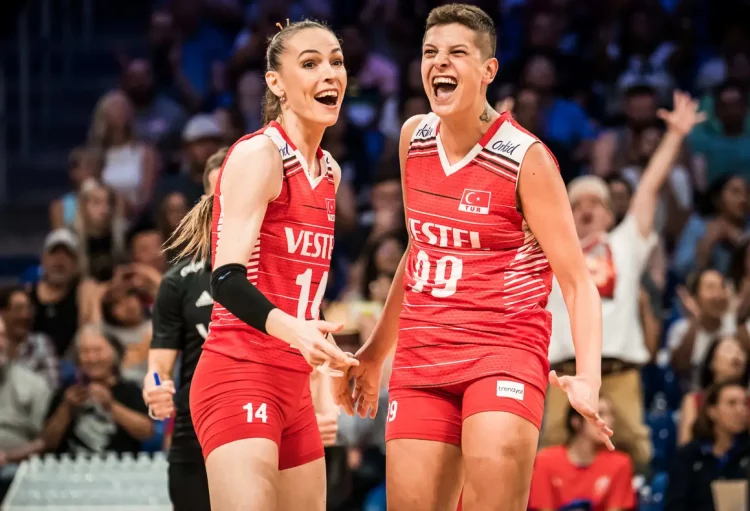Introduction:
Gender equality in the sports industry has been a topic of ongoing discussion for several decades. While significant progress has been made in some areas, particularly in terms of visibility, participation, and recognition of women’s sports, there are still numerous challenges that remain. These challenges are present at all levels of sport, from grassroots to elite competition, and span across various aspects including media coverage, pay equity, leadership roles, and cultural perceptions of female athletes.
Experts from various sectors of the sports industry, ranging from academics and coaches to athletes and activists, have weighed in on these issues. Their views highlight both the advancements made and the work that still lies ahead. In this article, we will explore expert perspectives on the state of gender equality in sports, the barriers women face, and the changes that are necessary to create a more inclusive and equitable environment for athletes of all genders.
Section 1: The Progress Made in Women’s Sports
- Increased Media Coverage: One of the most notable improvements in gender equality in sports is the increased media coverage of women’s sports. Over the last decade, there has been a concerted push to provide more visibility to female athletes. From broadcasting women’s football leagues to showcasing events like the Women’s Tennis Association (WTA) tournaments and women’s World Cup games, the media landscape has seen a shift toward more inclusive representation.
- Expert Opinion: According to Dr. Nancy Lough, a sports management professor and gender studies expert, the visibility of women’s sports has significantly improved, but the efforts are still insufficient. “While the increase in media coverage is promising, there’s still a significant disparity in how much attention is given to men’s and women’s sports. The reality is that women’s sports often only receive significant media attention during major events such as the Women’s World Cup or the Olympics.” The rise of women’s sports networks and platforms, like ESPNW, and the push from professional leagues to provide equal broadcasting opportunities are seen as positive steps toward narrowing this media gap. However, experts believe that sustained, consistent coverage is key to changing the public’s perception of female athletes and ensuring that women’s sports are valued year-round.
- Athletic Performance and Competitiveness: Female athletes have increasingly demonstrated their capabilities and competitiveness on the world stage. Across various sports, women are breaking records, competing at the highest levels, and gaining recognition for their accomplishments. In tennis, athletes like Serena Williams and Naomi Osaka have become household names, while in athletics, Allyson Felix and Shelly-Ann Fraser-Pryce have solidified their places as legends.
- Expert Opinion: Dr. Michael Kane, a sports psychologist, emphasizes that “female athletes are often judged by different standards, even when they achieve comparable or superior results to their male counterparts.” He points out that despite remarkable performances, female athletes still struggle with the cultural narrative that their success is less impressive or important compared to that of men. This bias is reflected in the way female athletes are often depicted in media, with a focus on their appearance or personal lives rather than their achievements. Dr. Kane argues that changing the narrative around female athletes is as critical as increasing their visibility in media.
Section 2: The Pay Disparity and Financial Inequality
- Unequal Pay Across Sports: One of the most controversial aspects of gender inequality in sports is the pay gap between male and female athletes. Although pay disparities are evident across almost every sport, the differences are particularly stark in high-profile sports like football, basketball, and tennis. For example, while male athletes in sports like basketball and football can earn millions in salaries and endorsements, female athletes in the same sports are often paid significantly less.
- Expert Opinion: Dr. Julie M. Chiodo, an economist who has researched the economics of sports, explains, “The pay gap is driven by a number of factors, including the level of investment in women’s leagues, sponsorship deals, and the audience sizes for women’s sports. However, it’s important to note that the disparity isn’t necessarily reflective of the value female athletes bring to the sport. Rather, it’s a reflection of broader structural and cultural inequalities.” According to Dr. Chiodo, the unequal pay is also a result of historically limited opportunities for women in sports. The growth of women’s sports leagues, improved television deals, and increased sponsorship are essential factors in addressing this issue. However, experts agree that it will take systemic changes within sports organizations and broader societal shifts to close the gender pay gap.
- Corporate Sponsorship and Brand Representation: Another major factor contributing to the pay disparity is the lack of sponsorship and endorsement opportunities for female athletes. Sponsorship deals often go to male athletes who have larger fanbases and more media coverage, leaving female athletes with limited financial opportunities.
- Expert Opinion: Samantha Williams, a sports marketing professional, points out that “Brands and sponsors play a huge role in the financial success of athletes. Until there is a greater demand for women’s sports and female athletes from brands, the pay gap will persist. Female athletes need to be marketed just as aggressively as their male counterparts to attract more corporate sponsorships.” The growth of social media and platforms like Instagram has allowed some female athletes to become their own brands and secure lucrative personal deals. Yet, experts argue that this can only go so far without structural support from sports organizations to ensure equal opportunities in sponsorship and marketing.
Section 3: Gender Equality in Leadership and Management Roles
- Underrepresentation of Women in Leadership: In addition to disparities in pay and visibility, women are vastly underrepresented in leadership roles in sports organizations, coaching positions, and administrative roles. Women occupy only a small fraction of executive positions within major sports organizations, and the number of female coaches in men’s sports remains alarmingly low.
- Expert Opinion: Dr. Laura J. Wilson, a researcher specializing in gender equity in sports leadership, states, “The lack of women in leadership positions is a direct reflection of the barriers that women face throughout their careers in sports. Until we have more women in positions of power, it will be difficult to make meaningful, long-lasting changes to gender equality in the sports industry.” Dr. Wilson emphasizes that gender diversity in leadership roles not only benefits the women in those roles but also leads to better decision-making and more comprehensive organizational strategies. She advocates for policies that encourage women to take on leadership roles, including mentorship programs and initiatives that actively seek to diversify sports boards, coaching staffs, and executive teams.
- Coaching and Mentorship for Women: The lack of female representation in coaching roles is a critical area for improvement. Female athletes often face barriers in transitioning from player to coach, and there is a lack of mentorship for aspiring female coaches. In many sports, men are more likely to be hired into top coaching positions, regardless of their experience or qualifications compared to their female counterparts.
- Expert Opinion: Dr. Carrie W. Dodd, a sports psychologist specializing in career development, states, “The lack of mentorship and support for female athletes who wish to pursue coaching careers is a significant issue. We need to create a pipeline for women to enter coaching and leadership roles, with opportunities for mentorship, training, and networking.” Increasing female representation in coaching roles not only helps to break down stereotypes but also provides young female athletes with role models and mentors to look up to, ultimately fostering a more inclusive and diverse sports culture.

Section 4: Changing Cultural Perceptions of Women in Sports
- Challenging Gender Norms: Cultural perceptions of gender in sports often reinforce outdated stereotypes. Women in sports are sometimes viewed through the lens of traditional femininity, with their athleticism and competitiveness questioned or undermined. This bias is especially prevalent in sports that have historically been dominated by men, such as football and basketball.
- Expert Opinion: Dr. Vicki A. Davis, a sociologist who has researched gender and sport, argues that “Challenging the cultural norms surrounding women’s participation in sports is crucial. Society often associates athleticism with masculinity, which makes it harder for female athletes to be taken seriously. The more we see women excelling in traditionally male-dominated sports, the more these stereotypes will start to fade.” Changing cultural perceptions requires a collective effort from the media, sports organizations, and society as a whole to view female athletes not through a gendered lens but as talented, dedicated, and competitive professionals in their own right.
Conclusion:
While progress has been made in addressing gender inequality in sports, experts agree that there is still much work to be done. The key issues—such as pay disparity, underrepresentation in leadership roles, unequal media coverage, and societal biases—are deeply ingrained in the structure of the sports industry. However, the increasing visibility of female athletes, growing media attention to women’s sports, and ongoing efforts to advocate for equality represent a promising future for gender equality in sports.
Experts stress that achieving true gender equality in sports will require systemic changes, a cultural shift in how women’s athleticism is perceived, and continued advocacy from all stakeholders. Through ongoing efforts, it is possible to create a sports industry where both women and men are given equal opportunities to excel, and where female athletes are valued and celebrated for their contributions to the world of sports.


































Discussion about this post